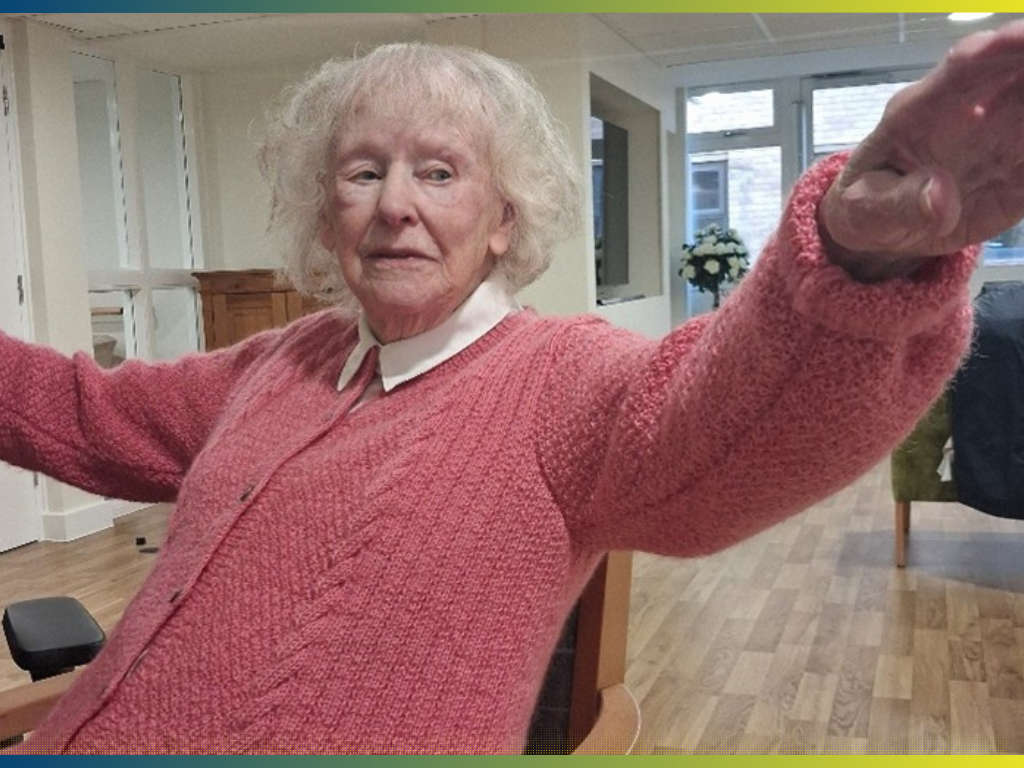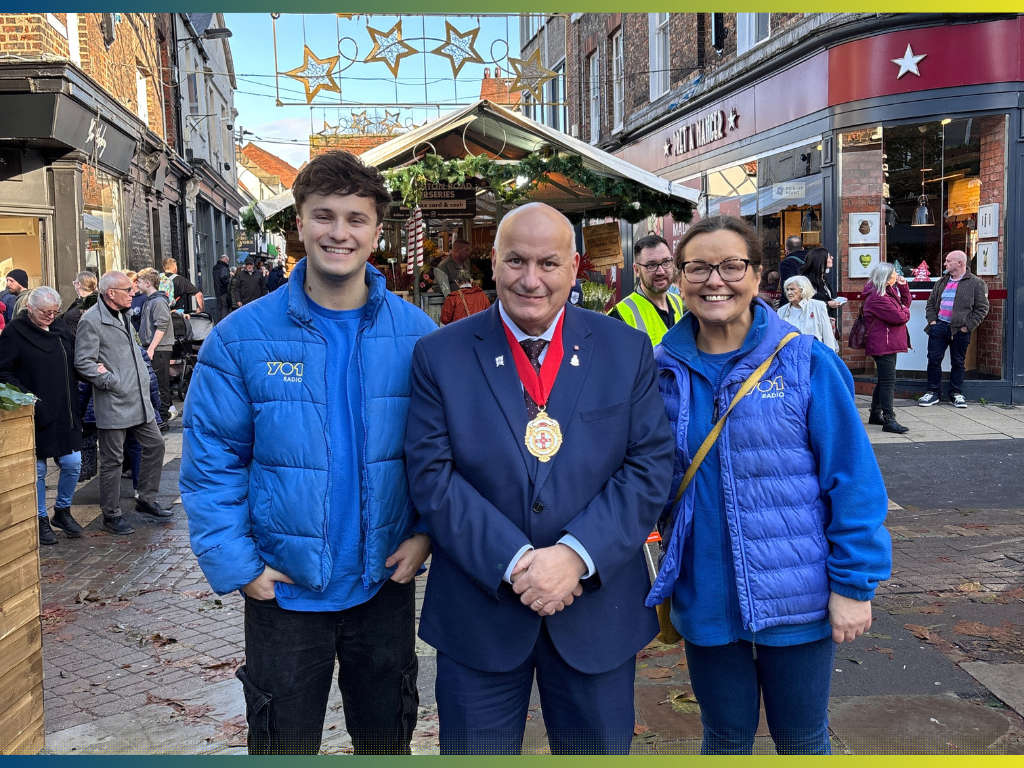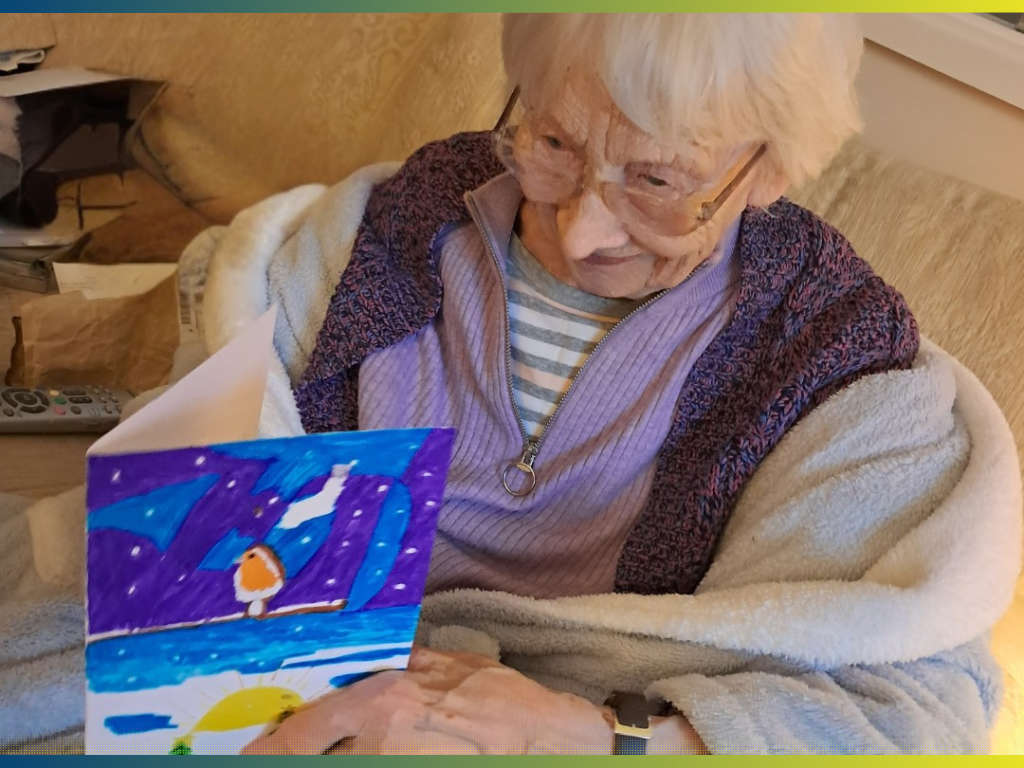
80 years since the biggest loss of Female Army Life in British history
The 26 British servicewomen killed by Great Yarmouth bombing will be remembered at events around the UK: From Stornoway to Bournemouth, Acts of Commemoration will take place at 2pm on Sunday 14th May
#WeWillRememberHer
“We must remember the sacrifice made by these women, killed while serving their country. The WRAC Association charity continues to work in honour of our servicewomen, alive and deceased, ensuring that none are forgotten.”
Paula Rogers, CEO, Women’s Royal Army Corps Association
“I am 21 today… It is not a very safe area, we are on the coast: nevermind. We must put the bad with the good. My nerves are getting a bit shaky. I should like to tell you a lot, but I can’t. I will be coming home in six weeks’ time.”
Private Doris Travers, 18th March 1943, who lost her life in the bombing
9th May 2023 On the morning of 11th May 1943, the biggest loss of female army life in British history took place, when twenty-six servicewomen were killed by bombs dropped by enemy Focke-Wulf fighter planes on their quarters in Great Yarmouth. Only one woman survived, and the youngest killed, Private Lilian Grimmer, was just 18 years old.
80 years later, the Women’s Royal Army Corps Association (WRAC Association) has organised the first coordinated event to remember and honour the twenty-six women who died whilst serving in the ATS. (The Auxiliary Territorial Service became the WRAC in 1949.) The women who’d joined the Army came from various locations across England and Scotland, and were serving at their quarters in Great Yarmouth, Norfolk. The 25 commemoration events will be held in the hometown of each servicewoman, from Stornoway in the north to Bournemouth in the south, at 2pm Sunday 14th May. (All events are detailed below.)
HONOURING OUR SERVICEWOMEN
Representatives and members from the WRAC Association will be in attendance at individual events across the country, with the main Act of Commemoration taking place in Great Yarmouth at the site of the original ATS accommodation in which the women were killed. This will be led by veteran Padre the Rev Susan Wing, and the WRAC Association’s National Standard Bearer. The Mayor and High Steward of Great Yarmouth will be present alongside representatives from organisations such as the Royal British Legion, as well as relatives of the servicewomen who lost their lives.
Events are also set to take place at venues including the Bank of England, where Corporal Enid Line (pictured) worked prior to serving her nation in the ATS. Enid lost her life at just 23 years old. This event will take place in the Bank’s entrance hall with representatives from the Bank of England attending. Enid’s sister, Mrs Marjorie Thomson, recalled, “I had always looked up to Enid, and wished I could be more like her, with her cheerful, friendly manner. She was on the permanent staff of the BoE when she asked to be released to join the forces in 1942. Her sudden, tragic death was a devastating blow. Enid’s name is on a memorial panel in the entrance hall of the Bank of England. On 20th October 1948, a memorial service was held and a bronze plaque in the form of a wreath was unveiled.” Attending this event will be WRAC Association Life Vice President, Brigadier (Retired) Nicky Moffatt, and Standard Bearer, Elaine ‘Ozzy’ Osborne.
AN EYEWITNESS ACCOUNT OF THE BOMBING FROM 8-YEAR-OLD BOY
87-year-old Eric A Beckett witnessed the Great Yarmouth bombing aged 8 years old: “Coming towards us was what looked like a torpedo, it was almost touching the sea. At that moment, we heard explosions further south… I peered over to see a building collapsing across the North Drive with lots of dust coming from it. Then all went quiet, except for explosions around the town. Outside was a lady covered from head to toe in soot - it was our mother looking for us. It wasn’t until a day or so later that we realised that the house we saw collapsing across the North Drive was the same house where we had played games with the ATS girls. That so many had died shocked us - those ATS girls, who gave us so much joy, have always had a special place in my heart.” Eric now lives in Western Australia, and is available for interview about his memories of the time.
SERVICES TAKING PLACE
- Bingley Cemetery, Yorkshire – Kathleen Gaunt (Pte, 21). Will be led by the local church and attended by members of Kathleen’s family: Mr Warwick Smith (2nd cousin), Emma Wood (great niece) and her 2 daughters. The Royal British Legion will bear the standard
- Handsworth New Cemetery, Sheffield – Mollie Carter (L/Cpl, 21). Mollie is remembered on her local war memorial, but on her Commonwealth War Grave her name has been misspelt. We have arranged for this to be changed with the permission of the family. Work has been done to clear and improve the grave ahead of this service
- Doncaster Cenotaph – Doris Wimbush (Private, 28)
-
FINDING OUR LADIES
Nearly 350,000 women served in the ATS, which operated as the women’s branch of the British Army between 1938 and 1949. Members included the lateQueen Elizabeth II, who was Patron of the WRAC Association until her passing. However, many women emigrated after the war, and their families may now be living across the globe, from Canada and the US to Australia and New Zealand - as well as the likes of Barbados and Jamaica. This is why the #WeWillRememberHer campaign needs to be shared internationally. Retired Brigadier Fiona Gardner, Vice President of the WRAC Association, explains, “Many servicewomen from the World Wars may have a CWGC (Commonwealth War Graves Commission) grave, but no mention on their local community War Memorial. This needs to change: we want people to check their local war memorials to see if ladies from the area are mentioned, because they deserve to be honoured just as their male counterparts.”
Paula Rogers, CEO of the charity, adds, “So many of our servicewomen don’t see themselves as veterans - despite the fact that they were instrumental in serving their country. We hope to get them the recognition they so deserve through this campaign, and our wider work at the Association.”


 York Gin Wins 'Glass Champion' Award for Sustainability
York Gin Wins 'Glass Champion' Award for Sustainability
 102 Year Old Receives Surprise Message from Dance Star
102 Year Old Receives Surprise Message from Dance Star
 Lord Mayor's Commendation Scheme
Lord Mayor's Commendation Scheme
 York chippy in running for top award
York chippy in running for top award
 Heart-Warming Response To Age UK York's 'Stamp Out Loneliness' Campaign
Heart-Warming Response To Age UK York's 'Stamp Out Loneliness' Campaign









